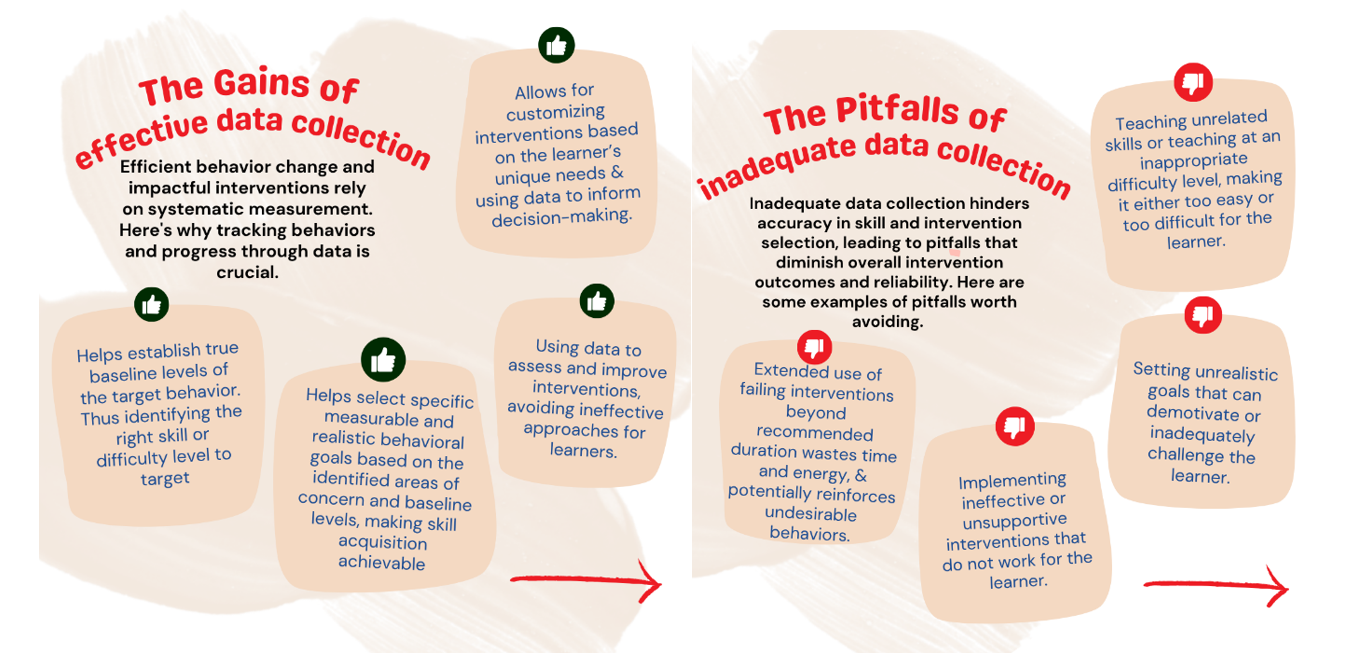The Crucial Role Measurement Plays in Applied Behavior Analysis
Get started today with A World of ABA. Reach out at info@aworldofaba.com

One of the key reasons Applied Behavior Analysis (ABA) is widely sought after as a therapy—especially for individuals with Autism—is its commitment to effective measurement. This focus on precise data collection has contributed to decades of research demonstrating the success of ABA.
In simple terms, measurement in ABA means defining behaviors in objective, observable, and measurable ways. For example, instead of describing a child as "crying a lot," a behavior analyst would break that down into specific, trackable components: Does crying include whining? Are there tears? How long does the crying last—5 minutes or 30? How often does it occur—twice a day or ten times?
This level of detail transforms our understanding of behavior. It enables practitioners to make informed, evidence-based decisions about which behaviors to target and which interventions to apply. By relying on precise data—not vague impressions—we avoid ineffective strategies and make the most of our time and resources.
This approach is a game-changer. It steers us away from guesswork, helping ensure that interventions are tailored, efficient, and effective. When time and energy are directed toward what actually works, outcomes improve significantly—for both individuals and families.
ABA has earned the trust of a large group of individuals through its consistent and measurable results. Every day, Board Certified Behavior Analysts (BCBAs) and Registered Behavior Technicians (RBTs) use data to track progress and adjust interventions accordingly. This scientific, individualized approach has made a positive difference in countless lives.
To illustrate this, consider the contrast: Treatments that lack solid measurement systems often rely on subjective observations or general impressions. This can lead to misjudged progress, poor intervention choices, and wasted time. ABA's strength lies in its data-driven foundation, ensuring that progress is visible, interventions are responsive, and results are meaningful.
Below is an image comparing the benefits of effective measurement systems in ABA with the risks of using inadequate ones. This visual highlights the critical importance of clear and objective data in successful therapy.

Measurement in ABA is integral to the systematic and evidence-based approach to understanding, assessing, and modifying behavior for individuals receiving behavioral interventions.





Nurturing Progress: The Transformative Journey of Applied Behavior Analysis for Children with Autism



